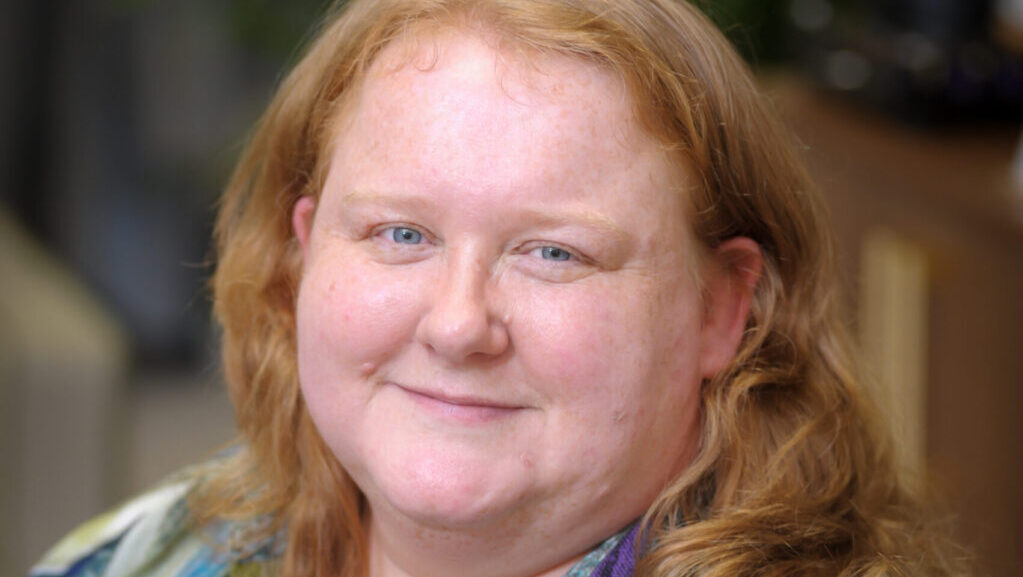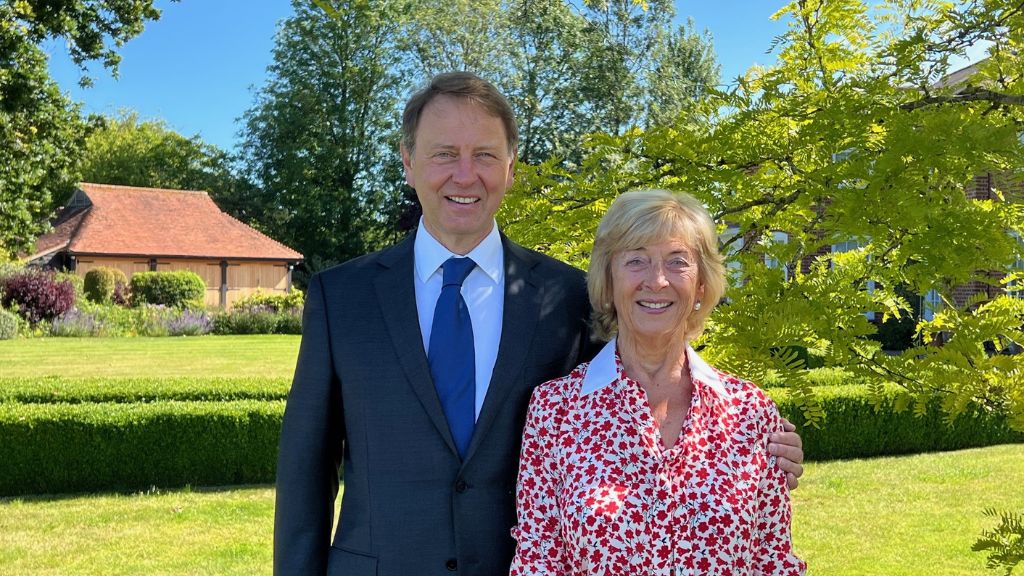Dementia care: Hallmark’s care home troubleshooter

Hallmark Care Homes’ researcher in residence Dr Isabelle Latham shares the findings of research projects looking into how to tackle three familiar care home challenges
Social isolation risk: Bucklesham Grange
Shortly after her appointment in January last year, Dr Isabelle Latham was approached by staff at Bucklesham Grange care home in Ipswich, which wanted to gather evidence about the effectiveness of its Thomas Tool, created by lifestyles team leader Kirsty Thomas. The tool identifies residents at risk of social isolation, assesses their level of risk and then considers how to support each individual through activity in a way that’s right for them.
“They knew the tool was working anecdotally, but they wanted to get some empirical evidence to prove that,” Latham says.
The researcher and her team measured data from team members, residents and families about social isolation issues and then took the same measurements three months after relaunching the tool.
“The findings were really positive,” Latham explains. “We found the number of engagements for each resident increased threefold.”
Most notably, the team found an increase in engagement not just from the lifestyle team but also from everyone in the home, including carers, heads of engagement and administrators.
“It showed the tool helped to get the whole home on board with those individuals,” Latham says. “When someone is at high risk of social isolation the lifestyle team can’t deal with that by themselves, there needs to be a whole home approach.”
Case studies from the project revealed that reducing social isolation can lead to weight gain and better quality of life. There was also an increase in job satisfaction in participating team members who also became more confident in engaging with residents and understanding the tool. Feedback was also positive from family members about lifestyle provision and the support provided by staff interacting with their relatives living with dementia.
Protecting privacy: Admiral Court
For Latham’s second project, she was approached by staff at Admiral Court in Southend-on-Sea who had identified issues in their home around protecting the privacy of residents.
“Particularly when people live with dementia they don’t always know a room isn’t their bedroom or a blanket isn’t their blanket,” Latham explains. “It’s a fine balancing act to balance the need for freedom with the need for privacy and can lead to residents and families becoming upset.”
Admiral Court wanted to explore different ways of better protecting people’s privacy in this context.
“We asked everyone in the home for their thoughts and experiences in order to develop some steps in the home to improve practice,” says Latham.
A workshop with team members identified some grey areas. In addition, surveys were carried out with family members and residents using ‘talking mats’ as well as a creative focus group, which created some artwork illustrating the topic.
“Unsurprisingly this identified that privacy was a very important issue for residents, but it also unearthed their different ideas about what was important to them,” Latham notes.
While some residents wanted to have a key to their bedroom, this created anxiety for others. Other residents asked for more support from team members on keeping their door closed, while others wanted to keep their door open.
“It showed there was no easy answer to the problem,” says Latham.
Following the findings, the research team created a series of steps and resources, including a mini training session or reflective learning session for team members so that all team members were acting consistently, An advice leaflet about privacy was also produced for residents and families so that they know what their rights are and what their expectations are and what to do if they are worried to raise awareness.
Care planning processes have also been revised to ensure that individuals’ privacy needs are recorded from the beginning.
“We also plan to keep an eye on technological solutions to the problem as they develop in the long term,” Latham adds, citing innovations such as key fobs and facial recognition.
Risk enablement: Anya Court
In the last of the first three projects, Anya Court in Rugby had identified the need to improve risk enablement practice to make sure all residents were given the opportunity to make decisions for themselves and do things that are life affirming.
“Again, there was no magical solution or an existing intervention,” Latham notes. “So we decided to explore with families, residents and teams their thoughts, feelings and experience around the issue so that we could encapsulate good practice and feed it back to the team as an intervention.”
The research highlighted that residents were more concerned about everyday risk such as falls rather than the higher-level risks involved in the more adventurous outdoor activities that were sometimes more the focus of team members.
“That was an interesting learning for the home to make sure they are reassuring and addressing those risks as well as some of the bigger issues,” Latham observes. “Overall the residents fed back that they felt very secure and felt that any issues around risk were dealt with very quickly.”
The research also highlighted the different specialist skills within each team with those working with people with dementia best at promoting capacity, and the lifestyles team having the best skills in working with people around social isolation and isolation.
One action as a result of the research was to ensure that people’s skills were shared and do not remain within team silos. The research team also recommended further training and reflective exercise so that they keep revisiting the issue. It was also decided to carry out regular surveys with family members to monitor their awareness of residents’ rights.
Next steps
Having completed her first three projects, Latham says she is working with Hallmark at ways to store and share her findings so that team members have a ready-made solution. She is also already starting to think about her next round of projects.
“We will start a new round of projects in January and I have already got people knocking on my door saying they have things they want to research,” Latham says. “Not every home is in the right place to do research, but to say we can help each other with something is really beneficial. It’s been a privilege to see how excited people are to work on these projects.”



